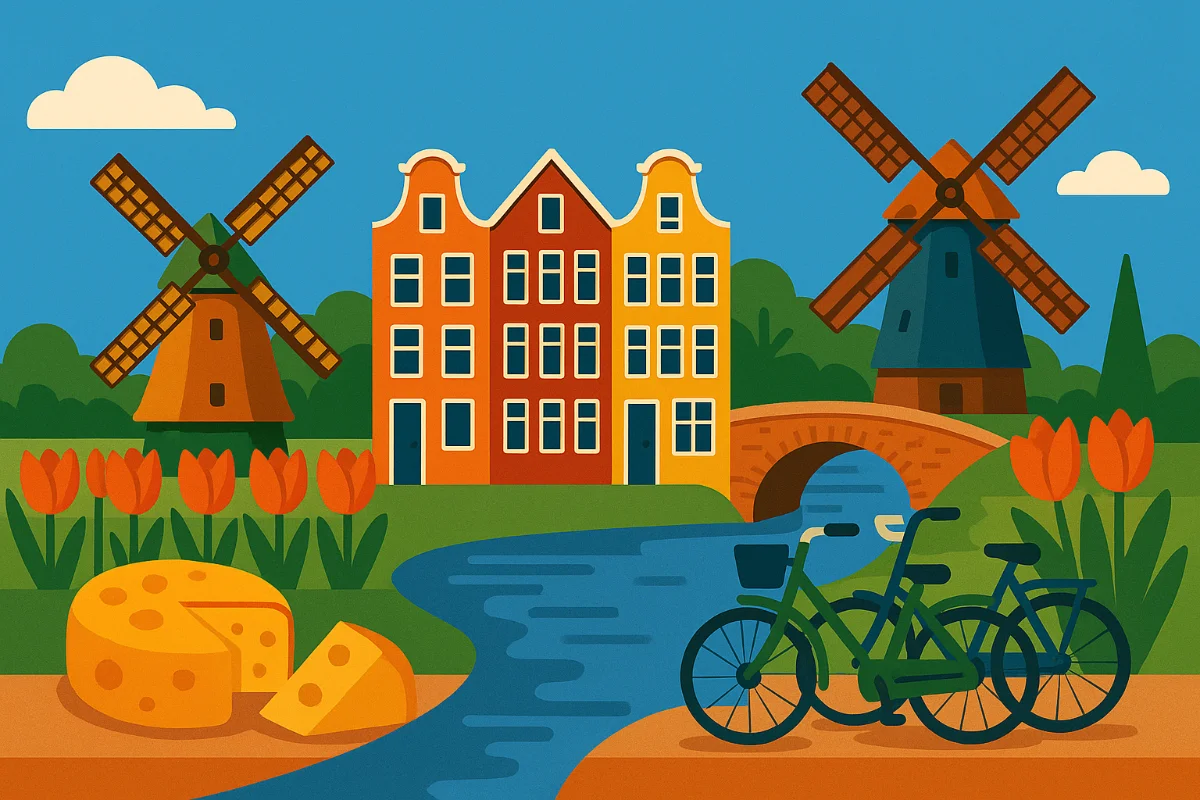Basic Adjectives and Agreement (A1)
Adjectives describe nouns (people, places, things). Examples: groot (big), klein (small), goed (good), slecht (bad), mooi (beautiful), nieuw (new), oud (old).
Placement:
- Adjectives can come after the verb
zijn(to be): Het huis is groot.(The house is big.)De auto is nieuw.(The car is new.)- In this position, the adjective never gets an extra
-e.
- Adjectives can come before the noun they describe:
een groot huis(a big house)de nieuwe auto(the new car)
Agreement (Adding -e): When an adjective comes before the noun, you often need to add an -e to the end of the adjective. The basic A1 rule is:
- Add
-eif the noun is: - A
denoun (singular):de grote man(the big man) - Any plural noun (all plurals use
de):de grote huizen(the big houses),de nieuwe auto's(the new cars) - A
hetnoun preceded byeen,geen, or a possessive (mijn,jouw, etc.) or demonstrative (dit,dat): een groot huis(a big house)mijn grote huis(my big house)dat grote huis(that big house)
- Do NOT add
-eif the noun is: - A
hetnoun without anything likeeen,mijn,datbefore it (less common for A1 examples, often implies a general category): groot huis(big house - general concept)- Or if the adjective comes after the verb
zijn(as mentioned above).
Examples:
Het is een mooi huis.(It is a beautiful house.) -hetnoun witheen, somooi+e.De mooie vrouw lacht.(The beautiful woman laughs.) -denoun, somooi+e.Ik heb kleine kinderen.(I have small children.) - plural noun, soklein+e.De koffie is goed.(The coffee is good.) - adjective afterzijn, no-e.

